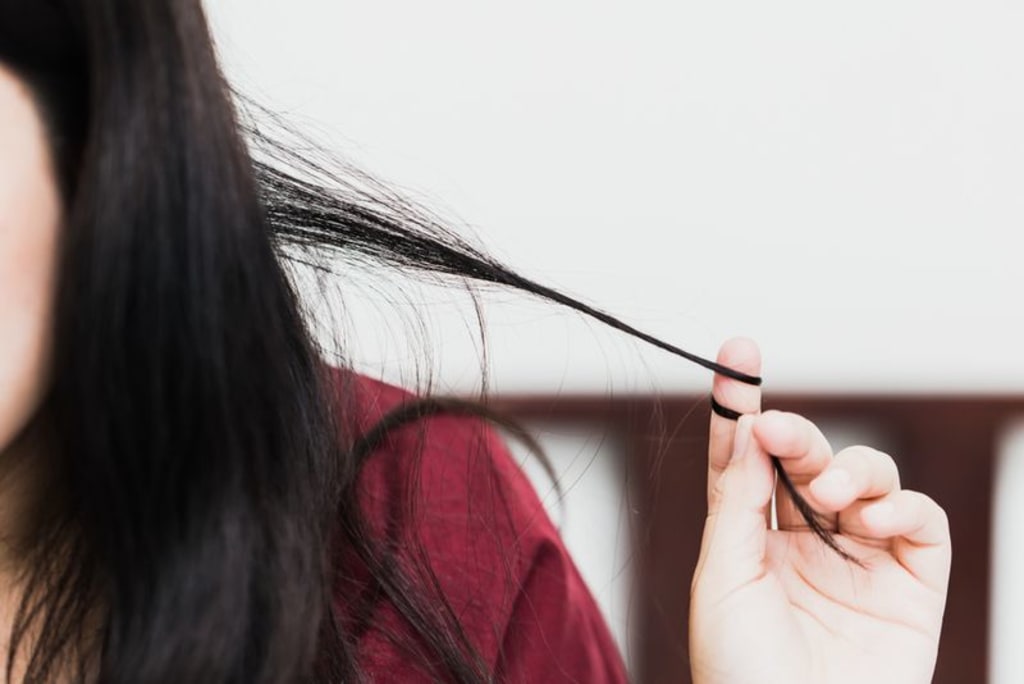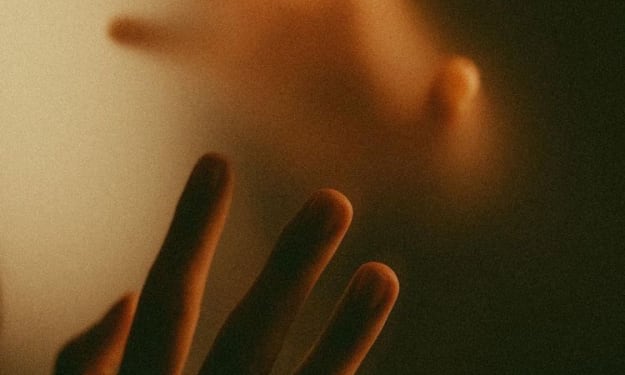What Causes Trichotillomania?
What Causes Trichotillomania?

Trichotillomania, often referred to as hair-pulling disorder, is a mental health condition characterized by the uncontrollable urge to pull out one's own hair. This behavior can lead to noticeable hair loss, distress, and impairment in daily life. While it's a condition that has been known and documented for centuries, understanding exactly what causes trichotillomania remains a subject of ongoing research. This article delves into the potential origins and factors that may contribute to the onset of this condition.
Biological Factors: Brain and Genetics
Studies have indicated that there might be a biological basis for trichotillomania. Certain areas of the brain, particularly those involved in habit formation, impulse control, and emotion regulation, have been found to function differently in people with this disorder. While these differences don't explicitly point to what causes trichotillomania, they suggest that brain function can play a significant role.
In addition to brain function, genetics might also contribute. Trichotillomania appears to run in families, suggesting a possible hereditary component. However, the specific genes associated with the disorder have not been conclusively identified. It is also possible that a combination of genes makes certain individuals more susceptible to developing the condition, especially when triggered by external factors.
Psychological and Emotional Triggers
Many people with trichotillomania report that they began pulling their hair during a period of increased stress, anxiety, or trauma. This suggests that emotional and psychological triggers can play a role in the onset or exacerbation of the disorder.
For some, hair-pulling can serve as a coping mechanism, providing momentary relief from intense emotions. The act might soothe feelings of anxiety, sadness, or anger. Over time, this behavior can become a conditioned response to stress, making it harder to resist the urge to pull hair when faced with similar emotional states in the future.
Childhood Onset and Developmental Factors
A significant proportion of individuals with trichotillomania report the onset of symptoms during childhood or adolescence. These early stages of life are marked by rapid developmental changes, both physically and emotionally. For some children, hair-pulling might start as a self-soothing behavior, similar to thumb-sucking or nail-biting.
There are also theories suggesting that childhood experiences, such as traumas or significant disruptions in life (e.g., parental divorce or relocation), could serve as triggers for the disorder. While not every individual with trichotillomania has a history of trauma, it's an aspect that researchers continue to explore.
Co-Existing Conditions
Trichotillomania often doesn't exist in isolation. Many individuals with this disorder also have other co-existing mental health conditions, such as obsessive-compulsive disorder (OCD), anxiety disorders, mood disorders, or eating disorders. It's possible that the underlying factors that contribute to these conditions could also play a role in what causes trichotillomania.
For instance, the compulsive behaviors seen in OCD might share a similar neural pathway or mechanism with the compulsions seen in trichotillomania. The presence of other conditions can complicate treatment and might require a more comprehensive approach to therapy.
Cultural and Environmental Factors
While the bulk of research focuses on individual factors, it's worth noting that environmental and cultural elements might also influence the onset and progression of trichotillomania. Societal beauty standards, peer pressures, or even just the availability of information about the disorder can impact an individual's experience with hair-pulling.
For example, in cultures or societies where hair is highly valued as a symbol of beauty, individuals with trichotillomania might feel more distress and might be more motivated to seek treatment.
Conclusion
So, what causes trichotillomania? It's evident that there isn't a single answer. Instead, a combination of biological, psychological, developmental, and environmental factors can come into play. Each individual's experience with the disorder is unique, and the causes might differ from one person to the next.
Research is ongoing, and as our understanding of the brain and genetics continues to grow, it's hoped that more insights into the origins of trichotillomania will be unveiled. Recognizing the multifaceted nature of this disorder is crucial for developing effective treatments and providing support for those affected by it.
About the Creator
Enjoyed the story? Support the Creator.
Subscribe for free to receive all their stories in your feed. You could also pledge your support or give them a one-off tip, letting them know you appreciate their work.





Comments
There are no comments for this story
Be the first to respond and start the conversation.